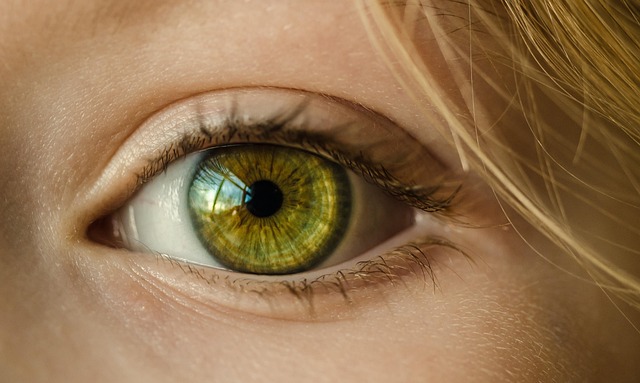In the world of art and design, transparency is not just a technique; it is a philosophy that adds depth, meaning, and a sense of connection to the viewer. The beauty of painting lies in its ability to convey emotions and ideas, often transcending words. When artists embrace transparency in their work, they invite us into a realm of authenticity, allowing us to see not just the finished piece, but the journey that led to its creation.
Transparency in painting can be achieved through various methods, such as layering colors, using glazes, or even incorporating mixed media elements. Each brushstroke, whether bold or nuanced, becomes a narrative that unfolds before our eyes. The play of light and shadow, the subtle interactions between hues, transforms a simple canvas into a vibrant tapestry that speaks to our souls.
In design, transparency serves a similar purpose. Clean lines and clear spaces create a sense of openness that can evoke feelings of calm and clarity. The choice of materials, colors, and textures can all contribute to this effect. Whether it’s a minimalist interior or a dynamic graphic design project, transparency fosters an environment where ideas can flourish and connections are made. It allows viewers to engage with the work on a personal level, interpreting it through their own experiences and emotions.
Moreover, transparency in art and design goes beyond the physical attributes of the work. It encompasses the intention behind it. When artists communicate their processes, challenges, and inspirations, they allow the audience to understand the heart and soul of the artwork. This connection is vital, as it transforms the viewer from a passive observer into an active participant in the storytelling process. Art becomes relatable, as we see our own struggles and triumphs reflected in the pieces before us.
As we navigate a world that often feels cluttered and overwhelming, the role of transparency in painting and design takes on even greater significance. It encourages us to embrace vulnerability, both in our creations and in our appreciation of them. We are reminded that art is a mirror reflecting the complexities of human experience—a place where honesty reigns and where narratives can be shared without fear.
Ultimately, as artists and designers harness the power of transparency, they illuminate the path for others to follow. They create spaces where authenticity thrives, where dialogue flourishes, and where the human spirit can connect through the timeless language of art. In doing so, they remind us all of the profound impact that transparency can have, not just in painting and design, but in every aspect of life.



